Madagascar offers visitors a world of adventure and discovery with its unique wildlife and stunning, diverse scenery.
Here are 5 things you may not know about this beautiful, mysterious island.
1. Lemurs are protected as they are considered reincarnations of ancestors
The Malagasy people are guided by fady or taboos passed down from generation to generation. One such fady protects the country’s lemurs as it is believed they are reincarnations of ancestors.
Read more about Wildlife of Madagascar.
2. The Malagasy word for eating is literally translated as ‘to eat rice’
Rice is the core staple at the heart of Malagasy cuisine so the Malagasy word mihinam-bary which means ‘to eat’ is literally translated as ‘to eat rice’. The culinary influences of settlers from Africa, Middle East, Asia and Europe have combined to form a national cuisine of rich flavours and warm spices with curries and dishes based around fish or ‘zebu’, a kind of African cattle.
Discover 5 unusual foods of Madagascar.
3. The first settlers of Madagascar were from Indonesia
Settlers from the Sunda Islands of Indonesia arrived on Madagascar by canoe around 350BC. They were joined 500 years later by settlers from Africa and then more from Asia and Europe, each bringing their own culture and cuisine which over time have combined to form the completely unique Malagasy culture and people.
Read more about the rich culture of Madagascar
4. Washing black pots in the rivers of Andringitra National Park is forbidden
Often described as one of Madagascar’s most scenic national parks with areas of deep valley rainforest, mountains and highland forest, Andringitra is also a sacred region where the washing of black pots or mourning clothes is forbidden.
Read about Top 5 walks in Madagascar
5. Prior to colonisation Madagascar was ruled by a queen
Queen Ranavalona III (1883-1897) followed in the footsteps of Queen Ranavalona I (1828-1861) in attempting to ward off foreign influence but in 1897 she was deposed by French colonialists. Visitors can explore the royal palace at Ambohimanga, a UNESCO World Heritage Site, and see the queen’s quarters.
See more: Madagascar in photos
Read more
- Visit our website to find out more about Constance Tsarabanjina, Madagascar or to make a booking
- Read our 8 reasons why Madagascar should be on your bucket list
- Find out why Madagascar is considered one of the top dive spots in the world.

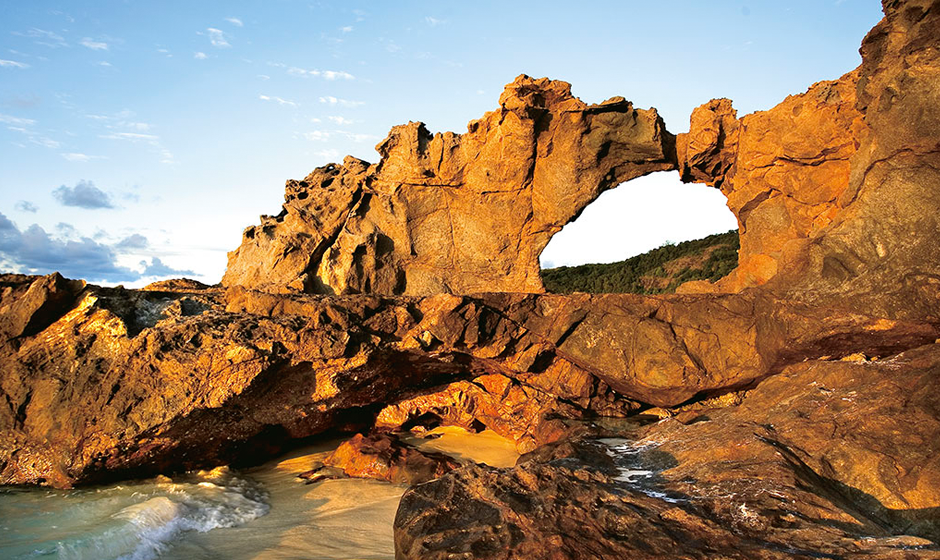
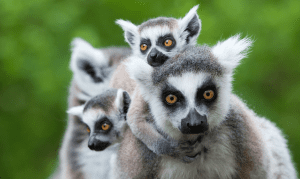
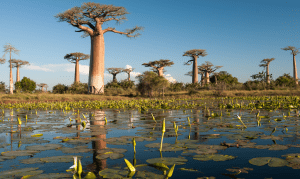
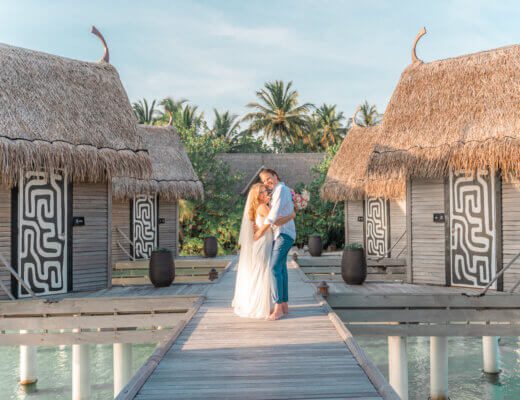
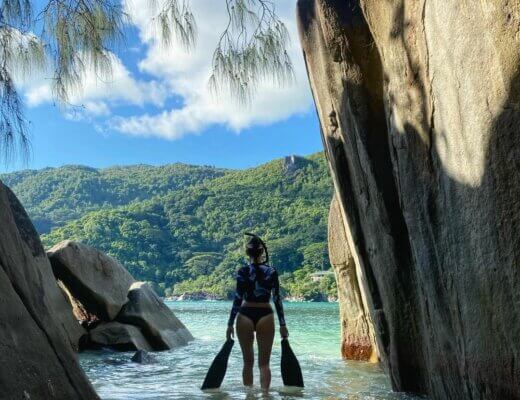
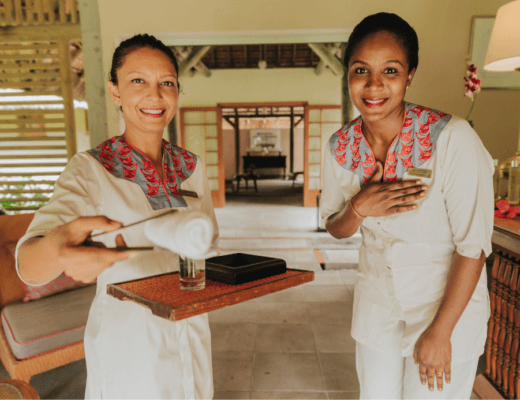
1 Comment
MARIA GIORGI
August 4, 2014 at 11:54 amI love Tsarabanjina